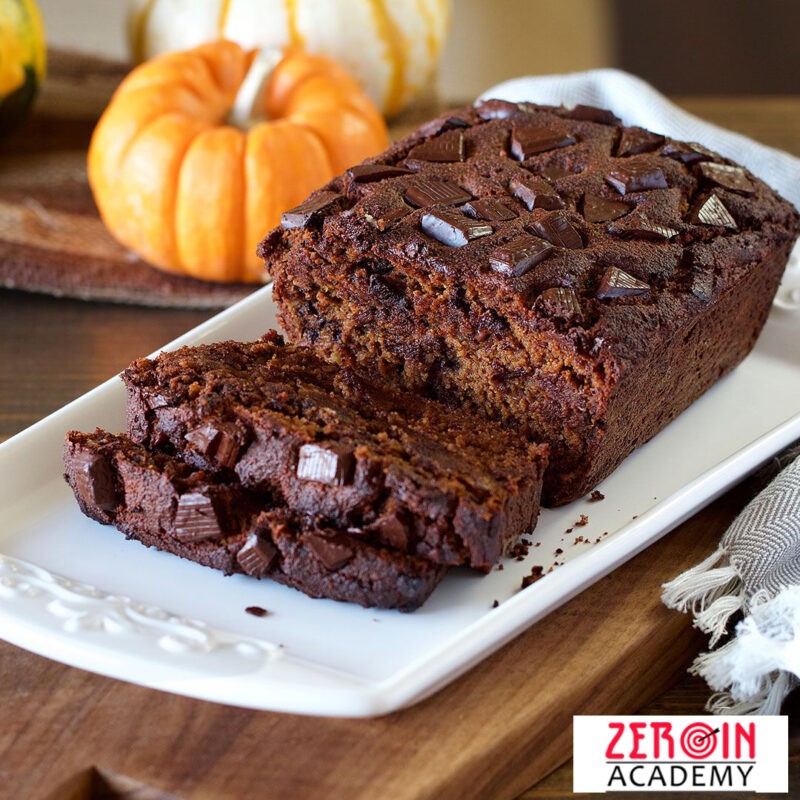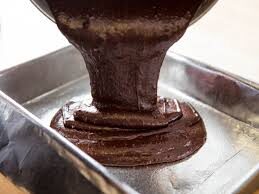Cinnamon rolls are a beloved pastry enjoyed by people all around the world. Soft, fluffy dough swirled with cinnamon sugar and topped with a decadent glaze, these treats are the epitome of comfort food. But mastering the art of cinnamon rolls isn’t just about the filling and frosting—it’s all about the dough. In this guide by ZeroIn Academy, The best baking institute in Chennai, we’ll explore the intricacies of crafting the perfect cinnamon roll dough and share tips for achieving bakery-quality results every time.
Understanding the Dough:
Before diving into the specifics of mastering cinnamon roll dough, it’s essential to understand the key components and characteristics of a good dough.
Flour:
The foundation of any dough flour provides structure and texture to cinnamon rolls. Opt for high-quality all-purpose or bread flour, which have higher protein content, resulting in better gluten formation and a chewier texture.
Yeast:
Yeast is responsible for leavening the dough, causing it to rise and develop a light, airy texture. Active dry or instant yeast can be used interchangeably in cinnamon roll recipes, but make sure it’s fresh and active for optimal results.
Liquid:
Whether it’s water, milk, or a combination of both, liquid hydrates the flour and activates the yeast. Using warm (not hot) liquid helps to activate the yeast more effectively and promotes dough fermentation.
Fat:
Fat adds richness and tenderness to the dough, resulting in softer, more flavorful cinnamon rolls. Butter, oil, or shortening are commonly used fats in cinnamon roll recipes, each imparting its own unique flavor profile.
Sweeteners:
Sugar adds sweetness also contributes to the dough’s tenderness and browning. Additionally, honey, maple syrup, or molasses can be used to enhance flavor and moisture.
Salt:
Often overlooked, salt is crucial for balancing the sweetness of the dough and enhancing the overall flavor profile. It also helps to strengthen gluten formation and regulate yeast activity.
Mastering the Dough:
Now that we’ve covered the basics, let’s delve into the techniques for mastering cinnamon roll dough.
Proper Mixing:
The key to achieving a tender, yet elastic dough is proper mixing. Begin by combining the dry ingredients (flour, yeast, sugar, and salt) in a mixing bowl. Then, gradually add the wet ingredients (liquid and fat) while stirring until a shaggy dough forms. Once mixed, knead the dough on a floured surface till it becomes smooth and elastic, about 8-10 minutes.
Proofing:
After kneading, the dough needs its time to rise and develop flavor. Place the dough in a bowl, cover it with a wet towel, and leave it to rise in a warm, free environment until doubled in size, typically 1-2 hours. Know the exact timing for each and every baked goods with our bakery training in Chennai, which gives you the full knowledge about baking to make you an expert.
Rolling and Filling:
Once the dough is double it’s size, punch it down to release the air bubbles. Move it to a floured space and roll it out into a rectangle. Brush the surface with melted hot butter and sprinkle with a mixture of cinnamon powder and sugar. Starting from one long edge, tightly roll the dough like a log, then use a sharp knife or dental floss to cut it into individual rolls.
Shaping:
To ensure uniformity in size and shape, place the cut rolls in a greased baking dish or on a parchment-lined baking sheet, leaving some space between each roll to allow for expansion during baking. Cover the rolls with a kitchen towel and leave them to rise for a second time until puffed and doubled in size, approximately 30-60 minutes.
Baking:
Preheat the oven to the right temperature in your recipe and bake the cinnamon rolls until golden brown and cooked through, usually 20-25 minutes. Be sure not to overbake, as this can result in dry, tough rolls.
Glazing:
While the cinnamon rolls are warm from the oven, drizzle them generously with your choice of glaze—whether it’s a classic cream cheese frosting, a simple vanilla icing, or a caramel drizzle. Allow the glaze to set lightly before serving, and enjoy the warm, gooey goodness of freshly baked cinnamon rolls.
Conclusion:
Mastering the art of cinnamon roll dough requires patience, practice, and a better understanding of the fundamental principles of baking. By joining our bakery classes in Chennai you pay attention to ingredients, mixing techniques, and proofing times, you can elevate your cinnamon roll game and impress friends and family with your homemade creations. So preheat the oven, and get ready to indulge in the irresistible allure of freshly baked cinnamon rolls. Happy baking!

